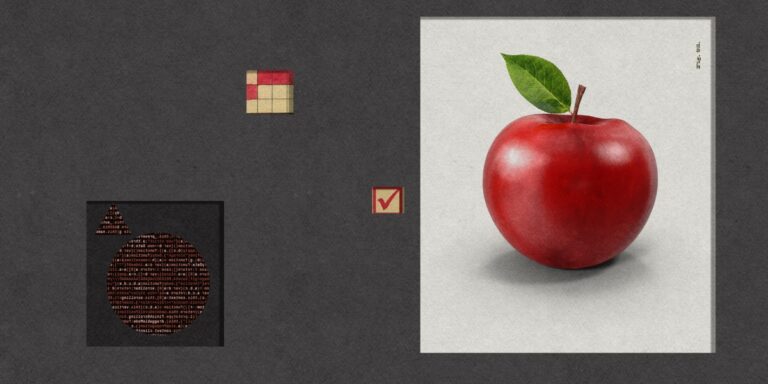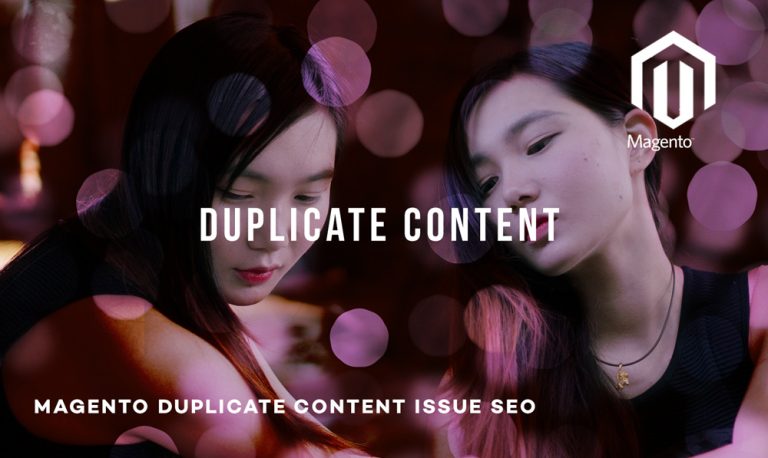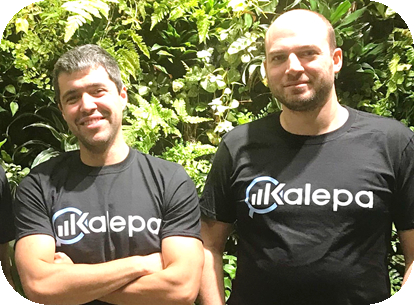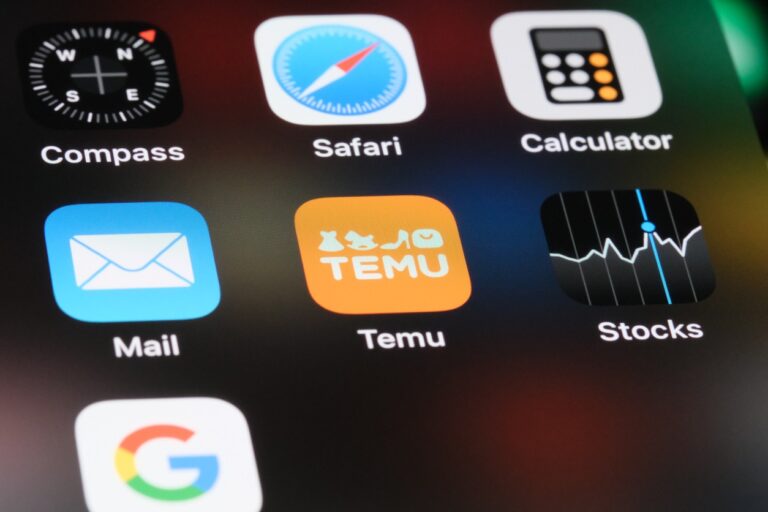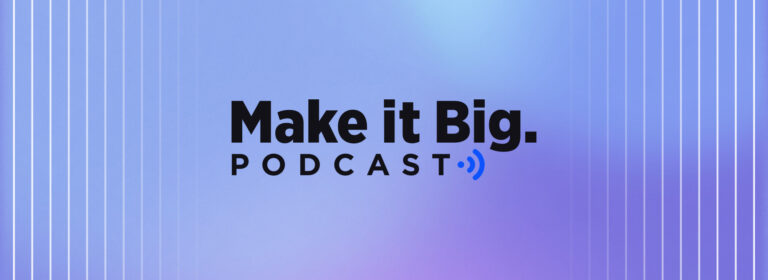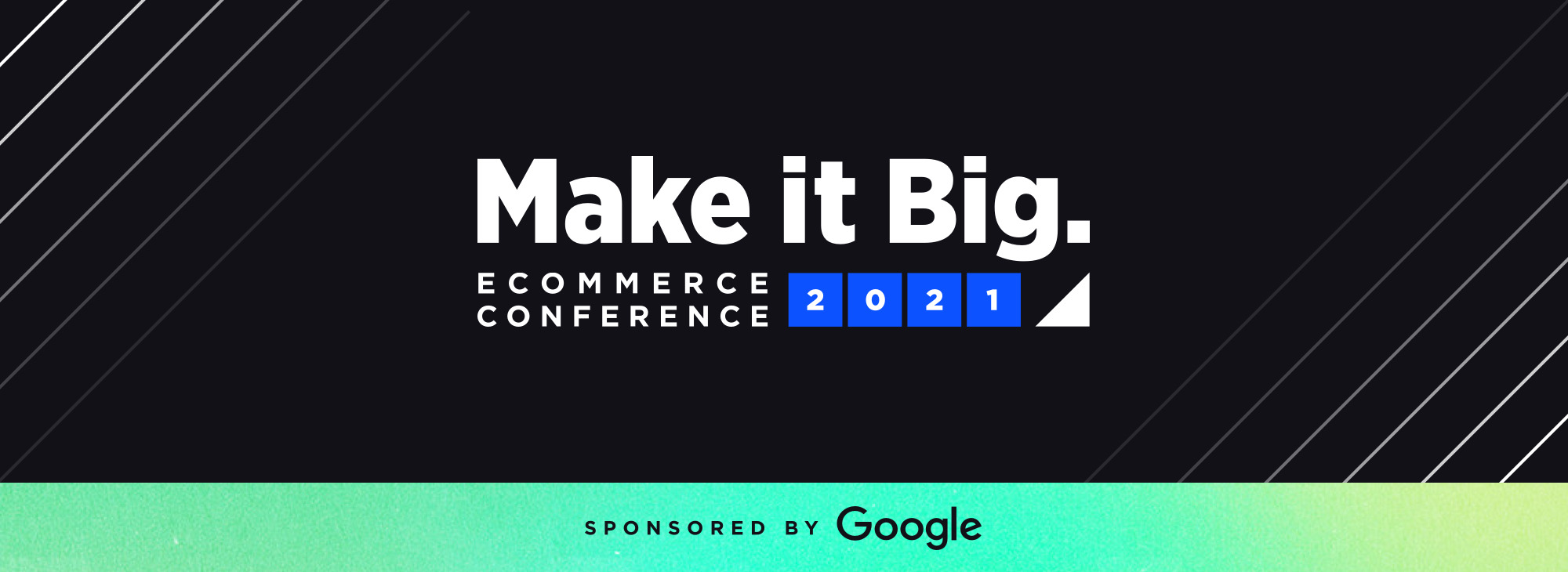
From creating the world’s first self-cleaning water bottle to achieving the highest valuation in Shark Tank history, LARQ’s entrepreneurial journey has been nothing short of success.
At BigCommerce’s 2021 Make it Big Conference, LARQ Co-Founder and CEO Justin Wang sat down with BigCommerce Content Marketing Manager Beatriz Estay to discuss how LARQ launched its direct-to-consumer (DTC) business and scaled into offline channels.
Justin Wang’s Key Takeaways at Make it Big
In this Make it Big 2021 session, Justin outlined LARQ’s approach to DTC success starting with step number one: understand your customer. Justin continued the session with keys to scaling your business and creating a brand experience that transcends in a hybrid retail environment.
Here are a few key takeaways from Justin Wang’s Make it Big session:
Beatriz Estay: Walk us through the approach you took when it came to creating your brand and marketing strategy.
Justin Wang: “We had to start with a product, and we had to start with the consumer. So we did a lot of consumer research — a lot of consumer studies in terms of what people were doing on a daily basis. And we had identified a few problems, right?
“The problem is in the fact that people don’t have access to reusable water bottles and the fact that [big brand names] were falling a little bit short in terms of providing what the consumers are looking for. And when we dug into that consumer, we realized a few things really stood out.
“One is, they want to make it easy. They want hydration and filtration and purification on the go. That means having access to that water on the go that you trust. So we built that into our system from day one. With a simple press of a button and just 60 seconds, the LARQ bottle purifies the water that you put into the water bottle.
“And then number two, people loved their water bottle actually, but they often didn’t like how often they have to maintain the water bottle…so we built into this water bottle, the self cleaning feature that turns on automatically in the background every two hours to help maintain that water bottle.
“So the point is, we took a very consumer friction and consumer pain point approach and really understood our customers before we even put pen to paper to design the product. So I would say that’s step number one, is to understand your customer. And if you get the product right, then, you know, other things come easier after that.”
— Justin Wang, CEO and Co-Founder of LARQ
BE: Is there anything that you learned from your customers that surprised you when you initially launched the direct to consumer model?
JW: “There are a lot of different ways to learn about your customer in that journey and different tools that could be used, especially in the direct to consumer channel. You have a very quick review cycle — you’re able to get feedback from your customer after two, three weeks of shipping your product. You can understand how they feel about it, how they interact with it.
“But on top of that, you also have a great ability to see onsite — what are they resonating [with]. You can do A/B testing to see which color resonates better with people, what they are checking out. In a traditional retail model, you might sell thousands of units into a Macy’s or a Safeway, but you have no idea how the consumers are engaging with it. It’s up to the buyer to tell you. If you get a report, you’re lucky to get that a quarter or two later.
“But in a direct-to-consumer sense — you know the color, you know the size that they want. It impacts your operations. You’re able to plan better. But also, you can know, ‘Okay, this message resonated better in our A/B testing and this other message didn’t do so well’. And you could iterate really quickly on your storefront on BigCommerce and change that messaging or change the product that you’re presenting.
STREAM JUSTIN WANG’S FULL SESSION TODAY FOR EVEN MORE STRATEGIES ON HOW TO SCALE YOUR BUSINESS IN A HYBRID RETAIL ENVIRONMENT.
WATCH ON DEMAND
“So that cycle becomes so quick, and you could do it with a small team. If you’re scrappy and you could really dig into it, there’s just a treasure trove of information that you’re able to gather. And for us, very early on, we could use that information and do planning in a more efficient way.
“Then, as we grew, we were able to survey that customer directly on site right before the purchase to understand exactly why they’re purchasing, what is the message that resonated with them — as well as post-purchase to understand, ‘Okay, not only do you love the LARQ bottle, but what else would you like to see from our brand?’ So really, we do all of our product research and our consumer insights starting and ending on our direct to consumer channel.”
BE: What factors went into your decision to sell beyond your e-commerce storefront?
JW: “I think ecommerce is becoming increasingly important. Direct to consumer is becoming increasingly important — even before the pandemic and certainly after. But I do believe the world is still an omnichannel world.
“There is room for experience, service, question and answer, and also touch and feel of the product. There’s something that, although ecommerce is improving, that’s hard to replace. So I think as a business scales, it is important to add to your channel strategy to help you grow. But you also reach a different set of customers through that process as well. So for us, LARQ is a product that has a premium price point. It has a premium feature set. But it is something that a lot of customers will want to touch and feel and hold in their hands before they make a purchase. So we really leverage our retail partners. We’re available now at Bloomingdale’s and Nordstrom and MoMA, as well as Best Buy, in order to provide that experience for that customer that is still missing on ecommerce today.
“But what we find is that oftentimes consumers are still getting a lot of the education on dot com or coming back to dot com after they see it in stores, and then making a purchase, right? So we really see that funnel as an omnichannel funnel where our digital strategy and our on-site strategy really influences and also propels our offline strategy, as well.”

